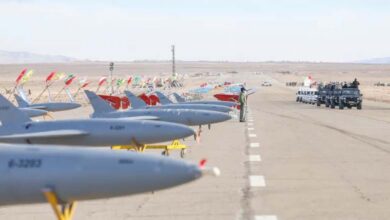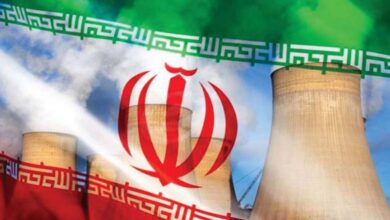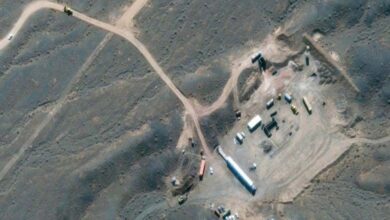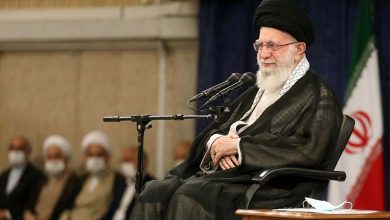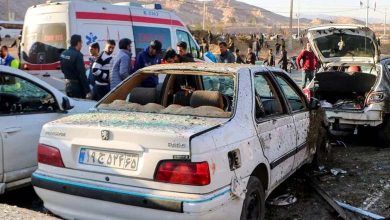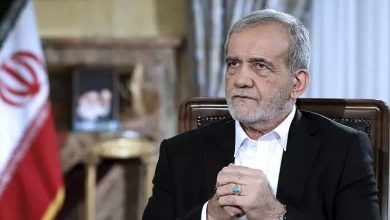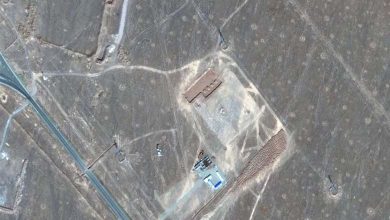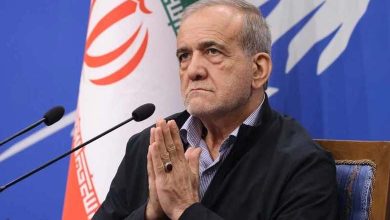Information’s about the Iran’s nuclear program
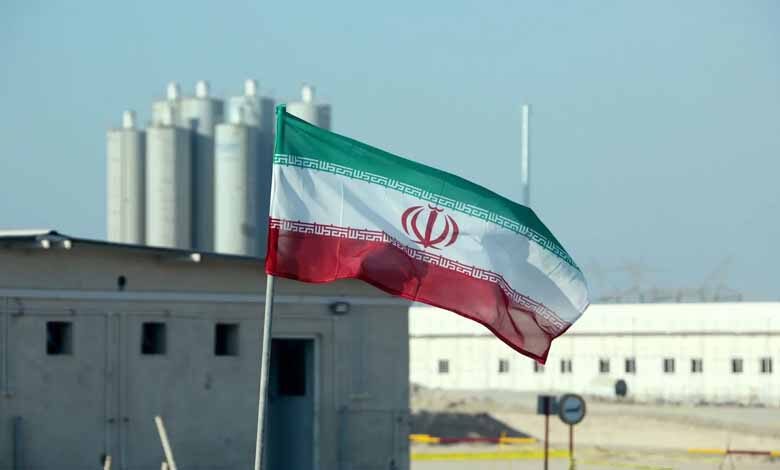
A 2015 nuclear agreement between Iran and world powers is being eroded, and efforts to revive the deal are now facing a new challenge with Tehran’s top nuclear scientist’s assassination. The accord’s limitations on Iran’s atomic work had one aim, which is prolonging the breakout time for Tehran to produce enough fissile material for a bomb, if it decided to make one, to at least a year from around two to three months.
Iran says that it has never tried nuclear weapons and never would; it announces that its atomic work has just civilian purposes. Tehran started violating the deal’s restraints last year in a step-by-step response to President Donald Trump’s withdrawal from the agreement in May 2018 and the reimposition of US sanctions.
This has actually reduced the breakout time; however reports by the UN International Atomic Energy Agency (IAEA) that supervises the deal, showed that Iran is not moving ahead with its nuclear work as fast as it could.
Indeed, European nations have attempted to save the nuclear deal, urging Tehran to obey even as Washington has stretched sanctions, and looking forward to a change in US policy once President-elect Joe Biden takes office on Jan. 20. Biden was part of the US administration during the Barack Obama term that negotiated the 2015 pact.
What has Iran done until now?
Iran has violated several of the deal’s limitations. However, it is remain cooperating with the IAEA and allowing inspectors to access under one of the most interfering nuclear verification regimes imposed on any nation.
* Enriched uranium: The deal determines Iran’s rich uranium store to 202.8 kilograms, which is a fraction of the more than eight tons it had before the deal. The limit was broke last year. The IAEA report in November evaluated the stockpile at 2,442.9 kilograms.
* Enrichment level: The deal caps the fissile purity to which Iran can improve uranium at 3.67 percent, far below the 20 percent reached before the agreement and below the weapons-grade level of 90 percent. Iran broke the 3.67 percent cap in July 2019 and the enrichment level has remained constant at up to 4.5 percent since then.
* Centrifuges: The deal permits to Iran to produce enriched uranium using about 5,000 first-generation IR-1 centrifuges at its underground Natanz plant, which was constructed to house more than 50,000. It can operate small numbers of more advanced models above ground without accumulating enriched uranium. Iran had roughly 19,000 installed centrifuges before the deal.
In 2019, the IAEA related that Iran had started enrichment with advanced centrifuges at an above-ground pilot plant at Natanz. Since then, Iran began to moving three cascades, or clusters, of advanced centrifuges to the underground plant. In November, the IAEA stated that Iran had fed uranium hexafluoride gas feedstock into the first of those underground cascades.
* Fordow: The deal prevents enrichment at Fordow, which is a site Iran secretly establish inside a mountain and that was exposed by Western intelligence services in 2009. Centrifuges are allowed there for other aims, like producing stable isotopes. Iran currently has 1,044 IR-1 centrifuges enriching there.
How close is Iran?
The violations led to a long breakout time but there are variations in the estimates. Diplomats and nuclear experts report that the starting point of one year is conservative and Iran would need longer. On his part, David Albright, a former UN weapons inspector who tends to have a hawkish position on Iran, expected in November that Iran’s breakout time could be “as short as 3.5 months”, despite this assumes Iran would use 1,000 advanced centrifuges that were removed under the deal.
What more would Iran need to do?
If Iran collected sufficient fissile material, it would require joining a bomb and probably one small enough to be carried by its ballistic missiles. How long that would take exactly is unclear, however storing enough fissile material is widely seen as the biggest obstacle in producing a weapon.
US intelligence agencies and the IAEA assume that Iran had a nuclear weapons program that it stopped. Evidence suggests that Iran obtained a design for a nuclear weapon and carried out various types of work relevant to making one. Tehran remains to give the IAEA access to its declared nuclear facilities and allow snap inspections elsewhere. Iran and the IAEA resolved a standoff this year that had lasted many months about access to two suspected former sites.


